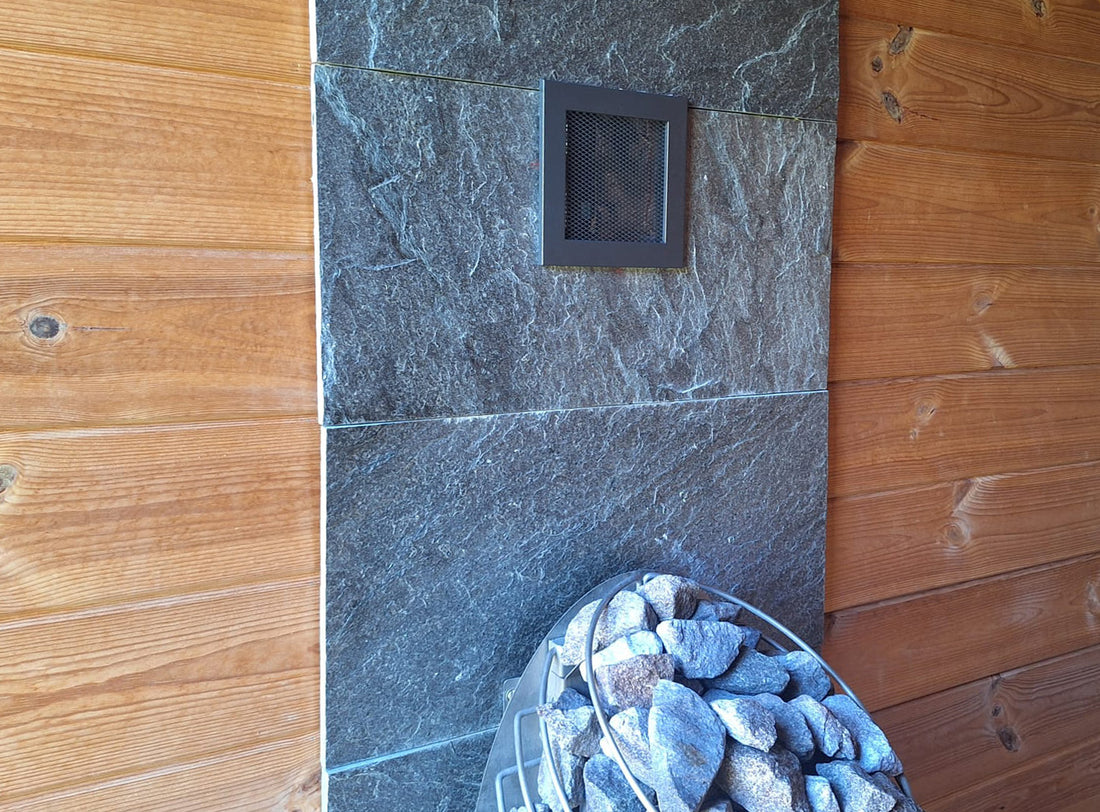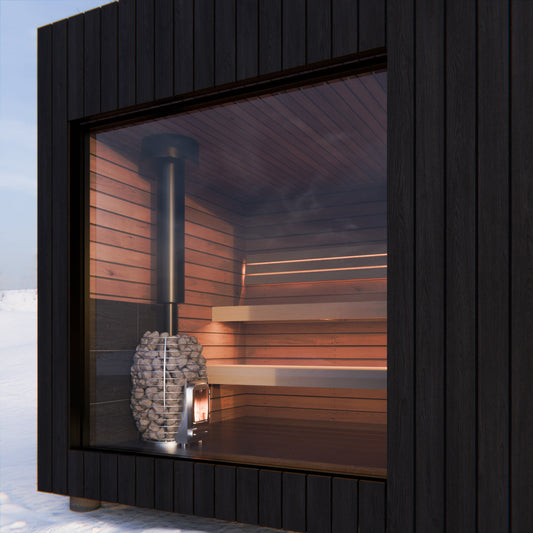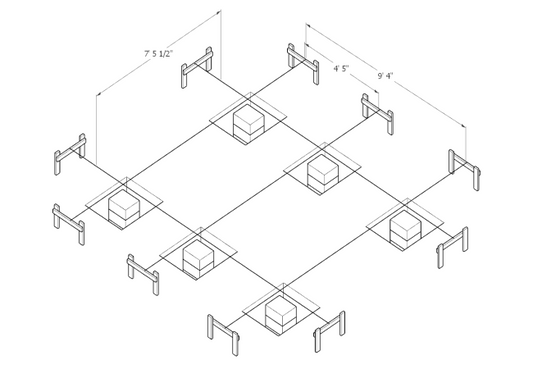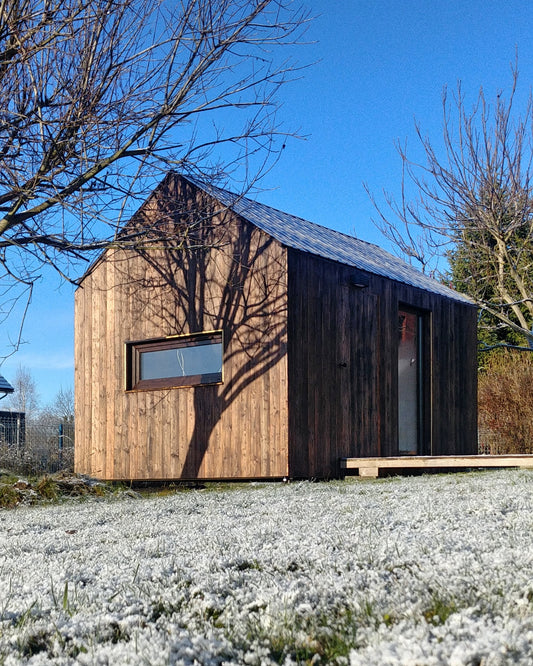
Upgrade Your Sauna: The Power of Mechanical Ventilation in a Sauna
I'll admit it. We have used the Sauna Tuula, which has an electric stove with natural (gravity) ventilation. Is it optimal? No. Does it work? Well, it works, but the ventilation is not great. Recently, together with my dad, we decided to upgrade to mechanical ventilation, and it's the best upgrade that I can think of. Anybody can do it, and it costs less than $100.
Gravity Ventilation in a Sauna
The problem with gravity ventilation is that you cannot really control it. In an outdoor sauna, gravity ventilation is prone to changes in atmospheric pressure surrounding a sauna. Imagine a box shaped sauna. If wind blows from one side, then this side will have a slightly higher pressure around the wall. If your exhaust is located on that side, it might not work. If it works at all.
The solution: Mechanical Ventilation in a Sauna
From my article about ventilation, you probably know that electric stoves work best with mechanical ventilation. The air intake is above the stove about 1/3 the distance from the stove the ceiling. The exhaust is fitted with a mechanical fan and is low on a wall, close to the floor.
It works absolutely amazing! (I wish we had done it sooner.)
What you need is a high temperature resistant inline duct fan. We used a 100 mm / 4" diameter inline duct fan. Run a silicone power wire for the fan close to the location where the fan will be. Drill a round hole for the fan.
The fan speed can be controlled by a potentiometer (aka dimmer). From our tests the lowest value of 1300 RPM works great for 2 people and produces only 47 decibels of noise.

Any gaps other than intake above the heater and exhaust with the fan should be sealed off.
The results
Sauna feels hotter. This is due to air circulation inside. The pocket of 'colder' air surrounding your body is gently blown out and replaced with warmer air.
The temperature at feet level is higher. The concrete floor that we have feels hot warm, so its temperature is above 36 degrees Celsius.




2 comments
Hey Tod, From my reasarch, CO2 measurement is not that accurate at high temperatures, using consumer grade products. So unless you are willing to invest big $$ into CO2 sensors, it’s not really worth it. To be safe, just go with proper mechanical ventilation with sufficient airflow, adjusted to your sauna’s internal volume. Cheers!
Anyy thought put to Co2 measurements and safety with mechanical ventilation. As someone who wants to build semi-commercial sauna experiences and in some cases use wood stoves, the safety component seems critical to me.